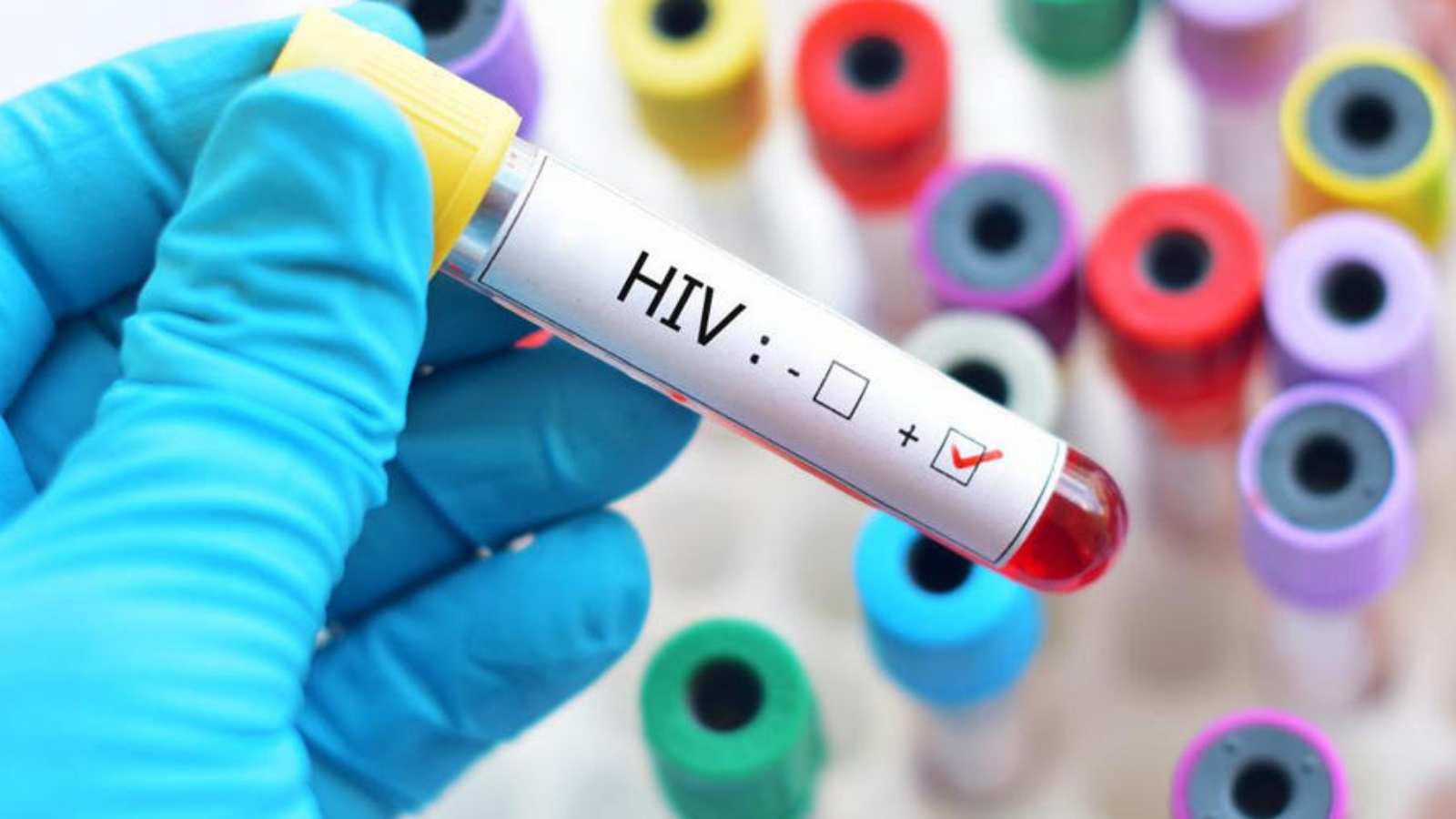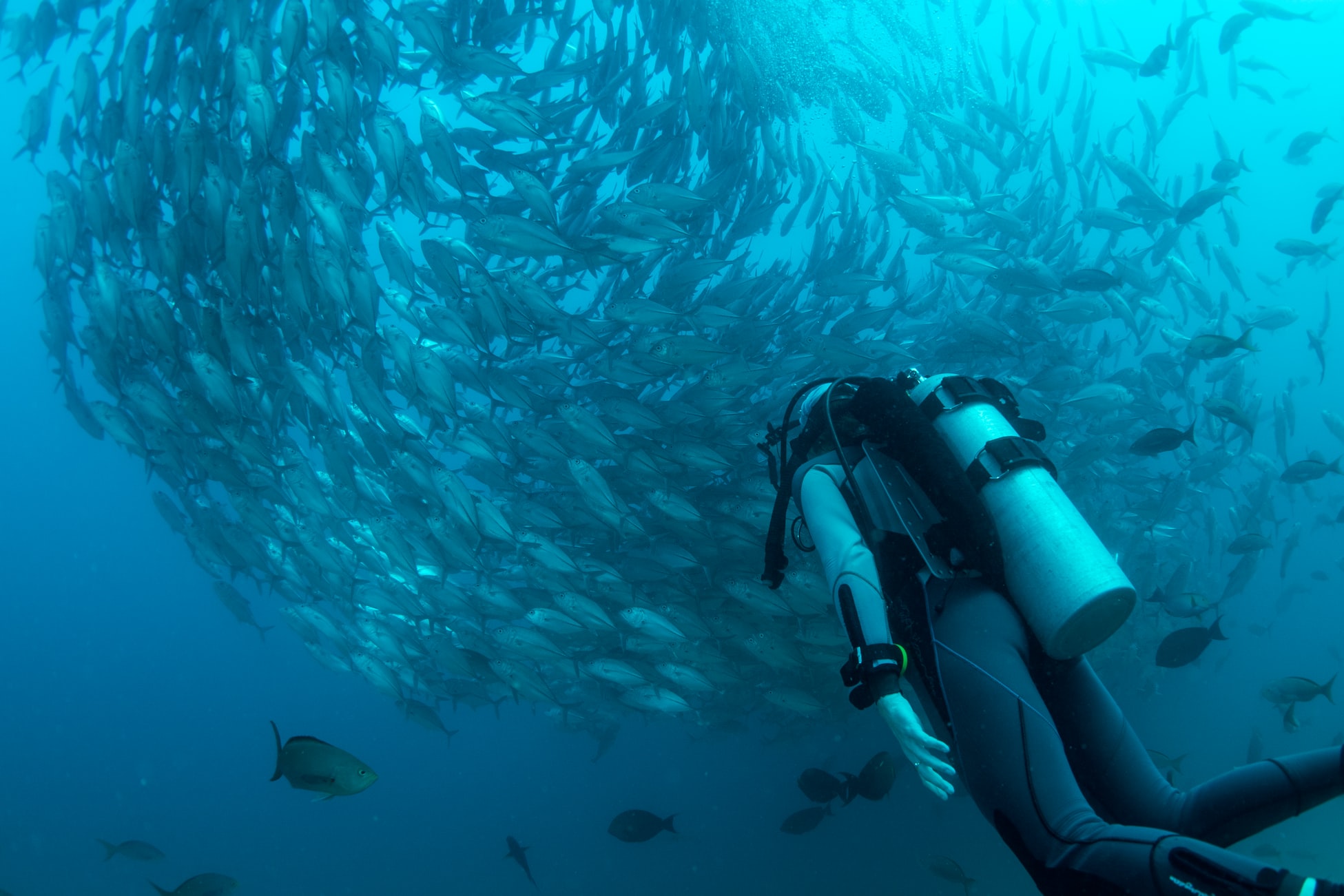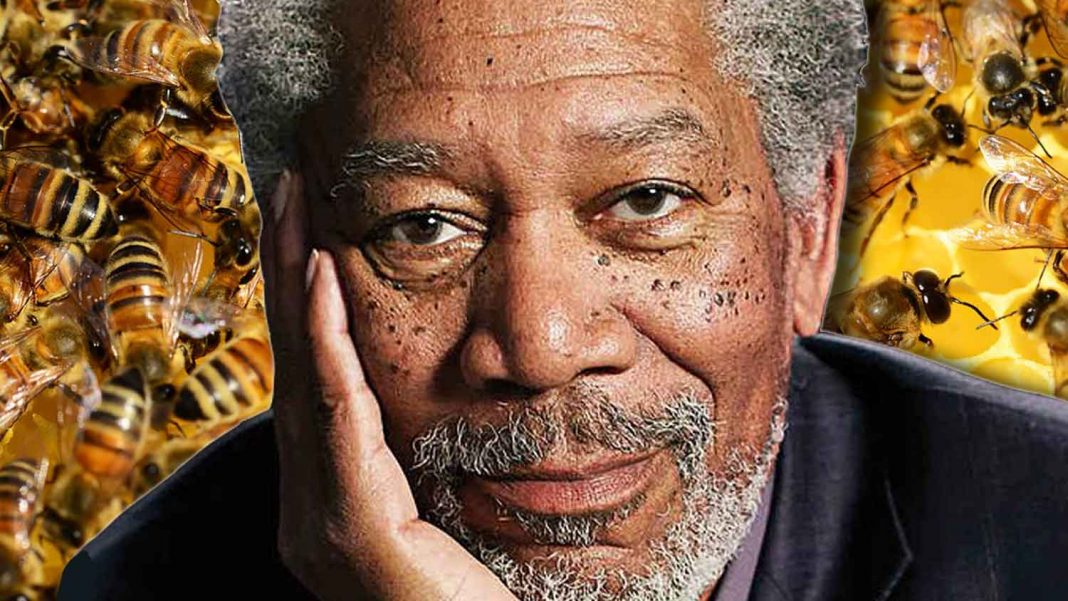Endangered sea turtle
Marine Animals That Need Our Help
Humans are not the only living creatures that inhabited the earth. In fact, there are some animals that we haven't actually seen because they become extinct long before we were born.
Millions of species inhabit the oceans, lakes, and rivers which is essential for our planet. Although there are several awareness programs that are being raised about how humans affect the ocean, it's also important to understand the true impact we're having on these marine animals.

Water pollution
But why do these animals go extinct? Or better yet, who cause it?
We do. People tend to throw trash in these bodies of waters especially plastics. Once the marine animals ingest it, it stays there forever. There are also products like sunscreen that are harmful to them. Global warming caused by people, drastic pollution, and then to top it all off: animal poaching.
It's not too late. We can still do something for these animals. By being more informed, we can take steps to reverse some of the damage done before these species reach to an irreversible and critical point.

Playing dolphins
We can start by conserving these marine animals. People should take a moment to reflect on just a few of the endangered marine animals around the world. The more you know, the more you can help.
Here are just 7 of the endangered marine species that need our help before their populations become zero.

1. Yangtze Finless Porpoise
1. Yangtze Finless Porpoise
The Chinese government has been working with organizations like the Wolrd Wildlife Foundation and IUNC to help save the porpoise from extinction, as it is also on the endangered list.
As the only known porpoise to live exclusively in fresh water, the Yangtze finless porpoise's habitat is limited to the western Yangtze River. Increased pollution and overdevelopment has stunted the porpoise's food supply, while illegal fishing gear has entangled many of these creatures and led to drowning.
How many are left? From 1,000 to 1,800
What can you do to help? Support the WWF, which has been reconnecting floodplain lakes along the river in order to allow migration and secure food supplies.

2. Kemp’s Ridley Sea Turtle
2. Kemp’s Ridley Sea Turtle
The smallest marine turtle in the world, the Kemp's Ridley sea turtle, has seen a sharp decline since an amateur video from 1947 showed 42,000 females nesting in a single day. Part of its misfortune came from egg overharvesting over the course of the last century. Though their nesting beaches in Rancho Nuevo have been protected since 1966 and changes to fishing gear have been implemented to leave them unharmed, the Kemp's Ridley sea turtle hasn't seen a population rebound.
Where do they live? Mainly the Gulf of Mexico, though some can be found along the Atlantic coast.
How many are left? Between 7,000 to 9,000 nesting females
What can you do to help? Don't purchase items made from sea turtle parts, which are often sold to tourists around the world. Also, you can donate to the Sea Turtle Conservancy.

3. Hawaiian Monk Seal
3. Hawaiian Monk Seal
Though we mainly think of seals living in cold temperatures, the Hawaiian monk seal makes its home on the mostly uninhabited northwestern islands of Hawaii. These cute creatures have been threatened by the development of the coastline. As humans move in, seals are pushed out of their natural habitat or disturbed by beachgoers.
Where do they live? Northwestern Hawaiian Islands
How many are left? Fewer than 1,200
What can you do to help? The Pacific Islands branch of NOAA has wonderful guidelines on how to be a “good neighbor” to Hawaiian monk seals.

4. North Atlantic Right Whale
4. North Atlantic Right Whale
Despite whaling protection since the 1930's, commercial whale fishing has devastated the population of this gentle giant. The North Atlantic right whale is easily recognizable due to the white calluses on its head, which stand out against its dark skin. By 1935, there were estimates that the population was down to 100. Today, the biggest threats to the North Atlantic right whale's survival are collisions with boats and entanglement in fixed fishing equipment.
Where do they live? Western North Atlantic Ocean
How many are left? 300 – 350
What can you do to help? Support the WDC, an organization that focuses on the conservation of whales and dolphins.

5. Galápagos Penguin
5. Galápagos Penguin
The only penguin that lives north of the equator, the Galápagos penguin's population declined by 70% in the 1980's. Though it has since made a slight recovery, one of the biggest threats to the penguins is the El Niño Southern Oscillation, which affects sea temperatures. This causes a shortage of food for the Galápagos penguins, with many starving to death.
Where do they live? Galápagos archipelago
How many are left? Less than 2,000
What can you do to help? The Galápagos Conservancy works to rebuild nesting sites in order to reverse the declining population of the species.

6. Giant Devil Ray
6. Giant Devil Ray
The large, elegant giant devil ray grows to almost 17 feet, making it one of the largest rays. Living in deep water, it feeds on plankton and small fish. Exact population estimates are difficult, but it has been listed as endangered by the IUCN since 2006. Why? The giant devil ray has an extremely low birth rate. They are ovoviviparous, which means that only one egg at a time can develop inside a female and it takes about 24 months to hatch! And unfortunately, the ray often gets caught in fishing equipment like tuna traps, trawls, and dragnets meant for other fish.
Where do they live? Mediterranean and Eastern Atlantic
How many are left? About 1,600
What can you do to help? Support the IUCN, whose Shark Specialist Group has outlined goals and actions to help protect this species, which gets less attention than many other threatened marine animals.

7. Ganges River Dolphin
7. Ganges River Dolphin
One of two subspecies of the South Asian river dolphin, this freshwater dolphin is blind and emits ultrasonic sound to find prey. Unfortunately, by living in one of the most densely populated areas of the world, the Ganges river dolphin's population has suffered tremendously. The construction of dams and massive irrigation projects have altered its food supply and limited its mobility, while boat collisions and fishing net entanglement are the cause of many deaths.
Where do they live? Ganga and Brahmaputra river systems
How many are left? 1,200 to 1,800
What can you do to help? Donate to WWF India which is working the State Forest Department on a strategy for dolphin conservation and conducts education and awareness programs for local fishermen.
“Living wild species are like a library of books still unread. Our heedless destruction of them is akin to burning that library without ever having read its books..”
- John Dingell







0 Comments